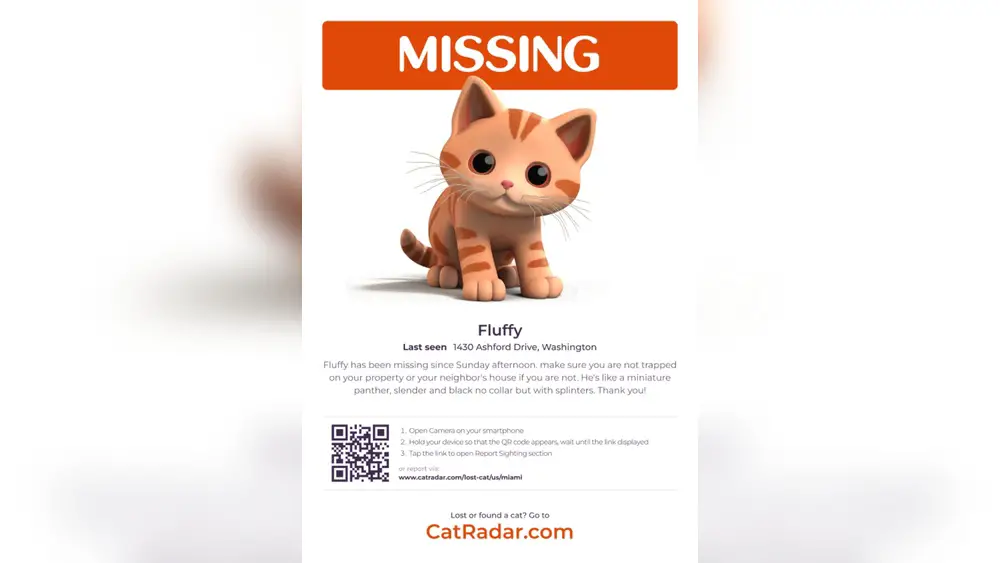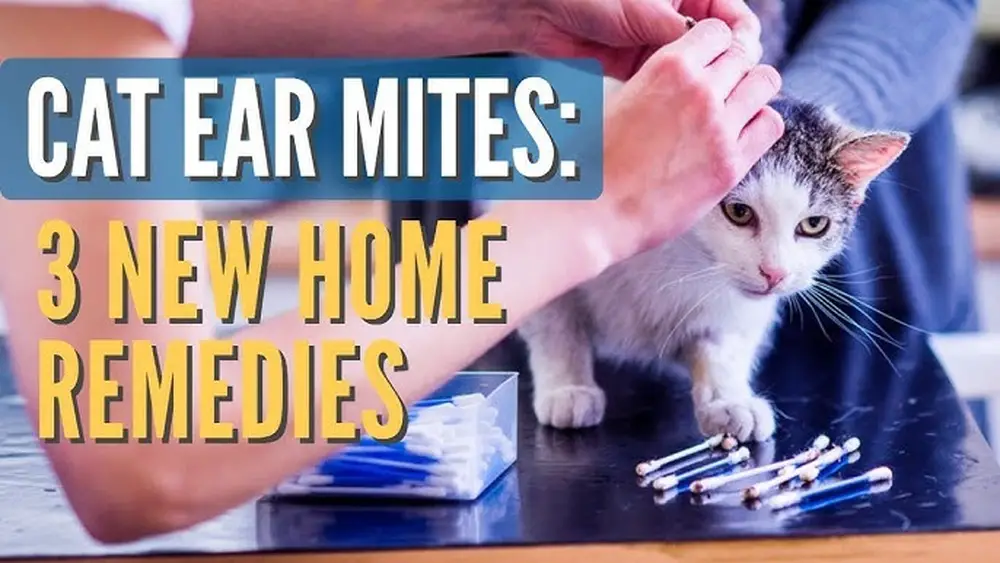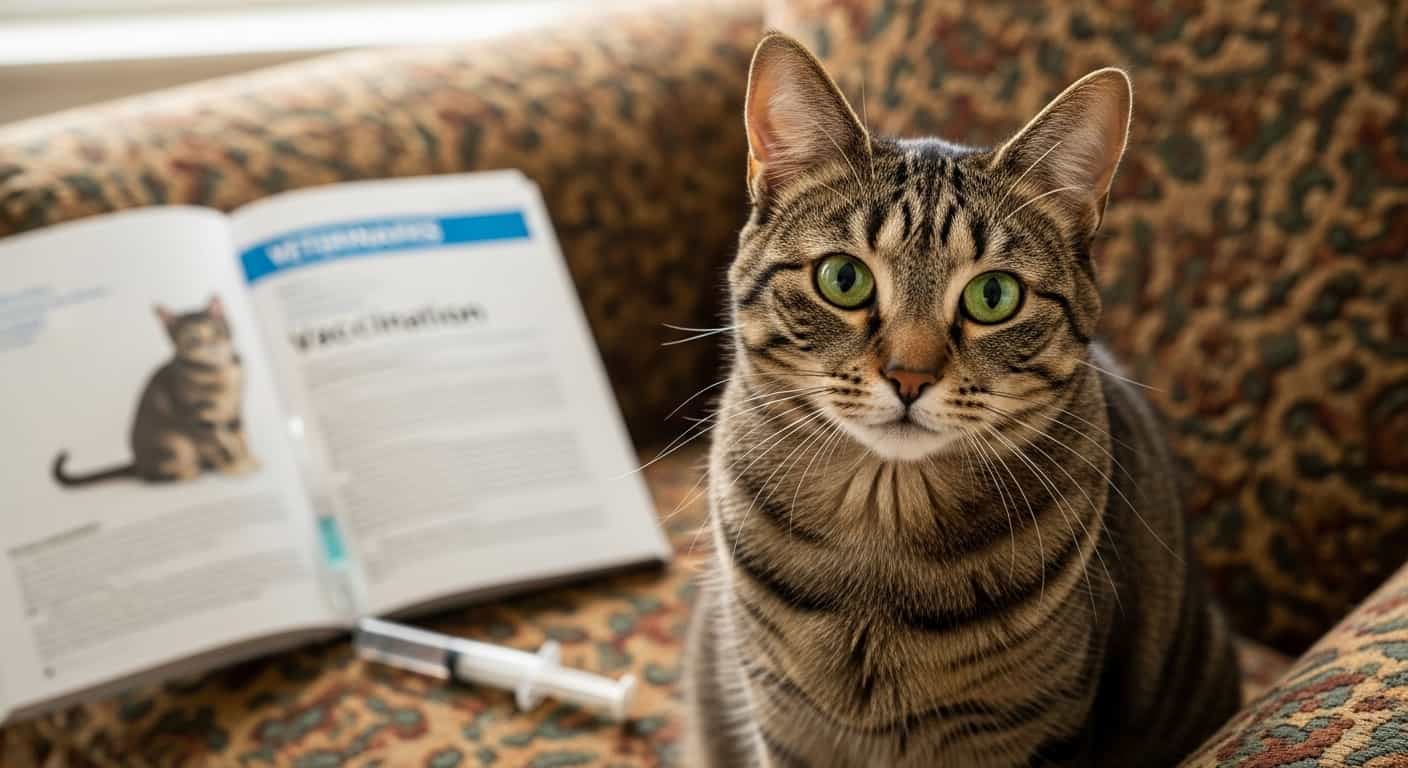Losing your cat is heartbreaking, and the first 24 hours feel like a race against time. You might wonder, what are the chances of finding your lost cat after a whole day has passed?
Table of Contents
ToggleThe truth is, hope doesn’t disappear just because a day goes by. In fact, knowing what to do next can make all the difference in bringing your furry friend back home. Keep reading—because your cat could still be closer than you think, and there are simple steps you can take right now to improve the odds.

Credit: www.arloren.com
Cat Behavior After Disappearance
When a cat disappears, its behavior changes in many ways. Understanding these changes helps in finding it sooner. Cats act differently outside their home. They may hide, move at night, or become stressed. These behaviors affect how likely you are to find your cat after 24 hours.
Common Hiding Spots
Lost cats often hide in quiet, safe places. They may choose bushes, under cars, or inside garages. Small spaces like boxes or sheds are also common. Cats seek spots that feel protected from people and other animals. Knowing these spots increases chances of spotting your cat.
Nocturnal Activity Patterns
Cats are more active during night hours. They use darkness to move around safely. This means your cat may roam more after sunset. Nighttime is a good time to search with a flashlight. Listen carefully for meows or movement in the dark.
Stress Impact On Movement
Stress makes cats act strangely and hide more. A scared cat may freeze or run far away. Stress can slow down their movement or make them restless. Understanding this helps in choosing the right search method. Patience and calmness can encourage a stressed cat to come out.

Credit: lostpetresearch.com
Factors Affecting Finding Chances
Several factors affect the chances of finding a lost cat after 24 hours. Each factor changes how easy or hard it is to locate your pet. Understanding these can help you act smart and calm.
Here's a related post that you might find useful. My Cat Has Bad Breath Smells Like Fish: Causes & Quick Fixes
Location And Environment
The place where your cat disappeared plays a big role. Urban areas can be noisy and crowded, making cats hide better. In rural spots, cats may roam far or hide in tall grass. Dense bushes and trees provide good hiding spots for scared cats. Open spaces offer less cover, but cars and people can scare them away quickly. Knowing your cat’s usual hangouts helps narrow the search.
Time Of Day
Cats are more active during dawn and dusk. They often move around quietly in the early morning or late evening. Searching during these times can increase the chance of spotting your cat. Bright daylight might scare a lost cat into hiding. Nighttime can be risky for cats but also quieter for you to hear faint meows or rustling sounds.
Weather Conditions
Weather affects a cat’s behavior and your search efforts. Rain or storms make cats seek shelter and stay hidden. Cold weather may drive them to warm places like garages or sheds. Hot weather pushes cats to rest in shady or cool areas. Clear, calm weather improves your chance to find and hear your cat. Harsh weather slows down search activities and reduces sighting chances.
Search Techniques After 24 Hours
After 24 hours, the search for a lost cat must become more focused and careful. Cats can hide well and stay silent. Using the right techniques can help find your cat faster and safer. Patience and smart actions increase your chances of success.
Effective Calling Methods
Use a calm and soft voice. Call your cat’s name clearly and gently. Avoid loud or sharp sounds that may scare them. Repeat your call every few minutes. Try different tones to see which one your cat responds to best.
Using Scent And Familiar Items
Place your cat’s bedding or favorite blanket outside. Familiar smells guide cats back home. You can also leave some food near these items. Scent helps cats find their way, especially at night. Avoid strong or new smells that might confuse your cat.
Here's a related post that you might find useful. Home Remedies for Cat Ear Mites: Effective & Safe Solutions
Setting Up Safe Traps
Use humane traps designed for cats. Place them near your home or where you last saw your cat. Put food and your cat’s scent inside the trap. Check traps often to avoid stress or harm. Safe traps help catch shy or scared cats without hurting them.
Role Of Technology
Technology plays a big role in finding lost cats after 24 hours. It helps pet owners act fast and spread the word. Using modern tools increases the chance of a quick reunion. Simple devices and online platforms connect people and share important information.
Gps Trackers
GPS trackers attach to your cat’s collar. They send real-time location updates to your phone. This helps you see where your cat is at any moment. Trackers work well in busy or large areas. They reduce the worry of not knowing your cat’s place.
Online Lost Pet Networks
Online networks are websites or apps for lost pets. You can post your cat’s photo and details quickly. Many people check these sites daily. This means more eyes watching for your cat. These networks also connect shelters and volunteers nearby.
Social Media Outreach
Social media spreads news fast and wide. Posting on Facebook, Twitter, or Instagram reaches many people at once. Friends, neighbors, and local groups can share your post. This creates a strong community effort to find your cat. Regular updates keep the search active and hopeful.
Preventive Measures For Cat Owners
Keeping cats safe starts at home. Taking steps before a cat gets lost raises the chances of finding them fast. Preventive measures help avoid the pain of searching and worry. They make life easier for both owners and pets.
Microchipping Importance
Microchips give cats a permanent ID. Vets insert a tiny chip under the skin. It holds a unique number linked to the owner’s contact details. Lost cats scanned at shelters or clinics can be identified quickly. Microchipping works even if collars fall off.
Secure Outdoor Spaces
Outdoor time is fun but risky. Building secure yards or cat enclosures keeps cats safe. These spaces stop cats from wandering far or getting lost. Owners watch their cats without worry. Secure areas reduce accidents and encounters with wild animals.
Routine Identification Checks
Check cat collars often. Make sure ID tags are clear and strong. Update phone numbers or addresses if they change. Using breakaway collars keeps cats safe from choking. Regular checks ensure cats always have valid, readable identification.

Credit: www.petradar.org
Frequently Asked Questions
How Likely Is Finding A Lost Cat After 24 Hours?
The chance of finding a lost cat after 24 hours is moderate. Cats often hide nearby when scared. Immediate search efforts improve recovery chances significantly.
What Should I Do If My Cat Is Lost Over 24 Hours?
Start searching your neighborhood thoroughly. Use familiar scents and leave food outside. Notify neighbors and local shelters immediately to increase chances.
Can A Lost Cat Survive Alone After 24 Hours?
Yes, most cats can survive alone for days. They hide and look for food. However, stress and injuries can reduce their survival chances.
How Long Do Cats Usually Stay Lost Outside?
Lost cats often return within 48 to 72 hours. Some may take longer, depending on environment and health. Regular searching helps to find them sooner.
Conclusion
Finding a lost cat after 24 hours is still possible. Cats often stay close to home. Act quickly and search nearby areas. Spread the word to neighbors and local shelters. Use familiar smells to attract your cat. Stay calm and patient during the search.
Many cats return on their own within days. Don’t lose hope, keep trying every day. Your efforts can make a big difference.

















